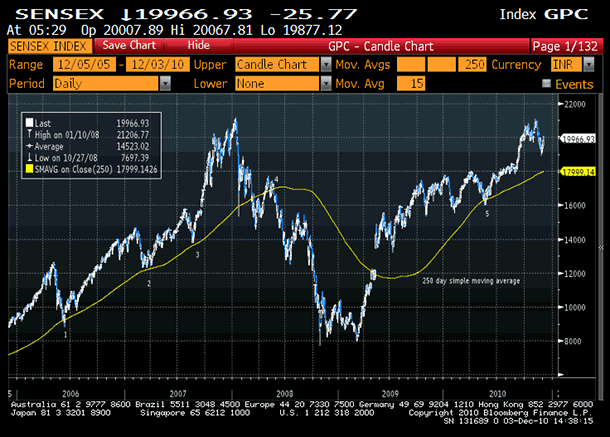INDICATORS
Rediscover The Basics
Finding Low-Risk Entry Points
by Danish Kapur
Sometimes you have to go back to the basics, especially when you hit a rut. One of the most basic technical indicators you can go back to is the moving average. It works well in trending markets but it also has its shortcomings. Here’s how you can use it to your advantage.
Several myths are tied to the use of moving averages. Here, I will try to simplify the implementation of moving averages and clarify some of the more popular myths associated with them. Moving averages are one of the simplest tools available to a trader, and they can be of great help in identifying potential low-risk entry points. But you can’t take them for granted.
There are different types of moving averages such as the simple moving average (SMA), exponential moving average (EMA), and weighted moving average (WMA). I will focus on the SMA, which is the arithmetic average of prices over a specified period of time.
IT’S SIMPLE
Moving averages are helpful in determining the direction of a trend, but if a market is in a trading range, you are better off using another type of indicator. In addition, there is no “one size fits all” parameter to use for moving averages. You may find the 50-day SMA works well for one stock but not for another. Different moving averages work for different markets and you need to do your due diligence when it comes to determining which SMA to use. Discretionary traders can do this by applying the SMA to a chart and checking to see how well prices respect that specific moving average. System traders can determine how well the SMA performs by backtesting and analyzing its performance.

FIGURE 1: 250-DAY MOVING AVERAGE ON THE SENSEX. The 250-day moving average worked very nicely in giving the right entry points at (1), (2), (3), and (5), which on the longer-term time frame gave good opportunities to add to existing long positions. Even after the prolonged correction, the Sensex’s relationship with the 250-day SMA remained in effect (as you can see the prices bouncing off after hitting point 5).
Excerpted from an article originally published in the January
2013 issue of Technical Analysis of Stocks & Commodities magazine. All rights reserved. © Copyright 2012, Technical Analysis, Inc.
Return to Contents
